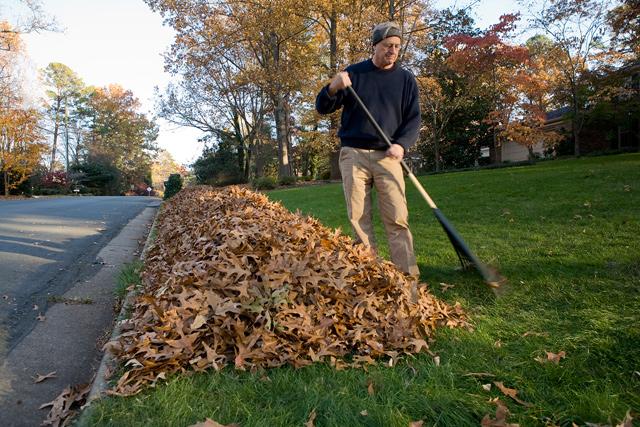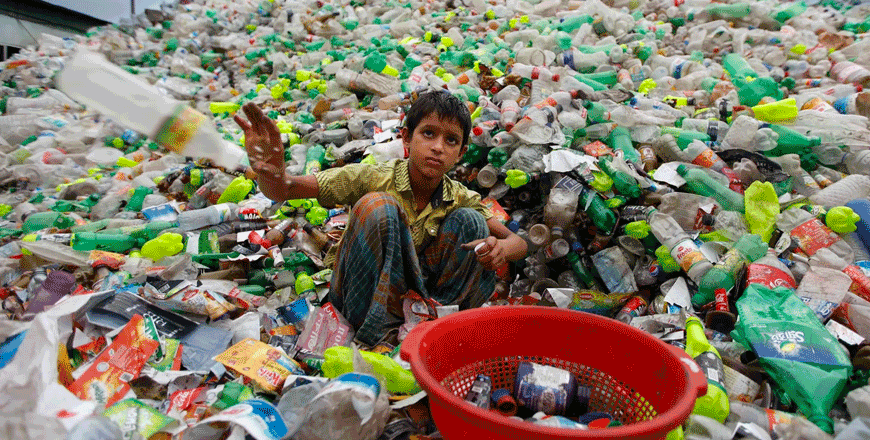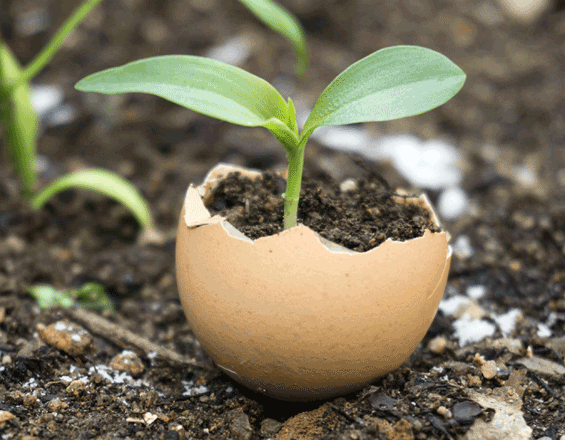You are here
Raking leaves again this fall? Stop right now
By USA Today (TNS) - Oct 30,2019 - Last updated at Oct 30,2019

Photo courtesy of wordpress.com
By Ryan W. Miller
It’s fall and that means leaves are littering lawns around the country.
Time to take out the rake and bag them up, right? Wrong.
Environmental experts say raking leaves and removing them from your property is bad not only for your lawn but for the planet as a whole.
Although people often rake fallen leaves and send them to a landfill to prevent their lawns from being smothered and to make yards look better, in most cases, you’re fine not moving them.
“Just leave them where they are and grind them up,” said John Sorochan, a professor of turfgrass science at University of Tennessee.
However, if you have a lot of trees dumping leaves or the piles begin to mound up, Dan Sandor, a postdoctoral researcher of turfgrass science at University of Minnesota, advises mowing over the leaves with a mulching blade about once a week.
Here are a few reasons why you shouldn’t rake your leaves and other tips to care for your lawn this fall:
Leaves and yard waste take up space in landfills
According to EPA data, yard trimmings, which include leaves, created about 34.7 million tonnes of waste in 2015, which is about 13 per cent of all waste generation.
The majority of that — 21.3 million tonnes — was composted or mulched in state programmes, the EPA says, yet still, 10.8 million tonnes went to landfills, accounting for just under 8 per cent of all waste in landfills.
“The worst thing you can do is put [leaves] in bags and send them to landfills,” said David Mizejewski, a naturalist at the National Wildlife Federation.
Leaves take up space and they also can break down with other organic waste to create methane, a potent greenhouse gas which contributes to climate change, he added.
Think you need to spend money on expensive fertilisers to keep your grass healthy? Think again, said Mizejewski.
“Leaves cover up root systems, preserve soil moisture, suppress weeds and other plants. They also slowly break down and... return [essential] nutrients to plants,” Mizejewski said. “It’s a perfect system. Nothing is wasted in nature.”
“It’s free fertiliser,” said Sandor.
Some leaves like maples do a great job of reducing weed seed germination while other species like honey locust add a lot of nitrogen to lawns, Sandor said.
The environment around you depends
on your leaves
Butterflies and songbirds alike depend on leaf litter, according to Mizejewski.
“Over winter months, a lot of butterflies and moths as pupa or caterpillar are in the leaf litter, and when you rake it up you are removing the whole population of butterflies you would otherwise see in your yard,” he said.
Without the insects in the leaf litter, you also risk driving away birds that might have come to your yard looking for food to feed their offspring in the spring.
That’s especially concerning in 2019, Mizejewski said, citing a September study published in the peer-reviewed journal Science, which found that North America has lost nearly 3 billion birds since 1970.
“Keeping some leaf litter can really benefit these kinds of declining wildlife,” Mizejewski said. “This is wildlife conservation on the scale of your lawn.”
Sorochan, at University of Tennessee, said that keeping leaves on your lawn also has the added benefit of reducing fertiliser runoff.
Algal blooms can kill wildlife and harm human health, and they often form when excess fertiliser runs into waterways. Because leaving leaves on your lawn serves as a fertiliser, if no other fertilisers are added, it will reduce runoff, Sorochan said.
Blowing leaves into the street is also bad, said Minnesota’s Sandor. Because leaves have so many nutrients in them, they can break down when they get into sewers and also cause algal blooms in waterways, he said.
But you still might need to do some raking
While in most cases, your lawn will benefit if you keep the leaves where they fall, some raking may be necessary, the experts agree.
Sandor said leaves and lawns are different shapes and sizes, so there is no one-size-fits-all approach. If it looks like your mower won’t be able to handle all the leaves or like your lawn is being smothered, that’s when you may need to rake them to thin it out, he says.
If you do remove your leaves, the best thing to do is cut them up and drop them in a plant or flower bed or another part of your lawn that doesn’t get leaf cover, Mizejewski said.
That will provide a natural fertiliser and mulch for those parts of your yard. If you’re worried the leaves will blow away (though they should be fine), lightly water them, Mizejewski said.
If you don’t have a plant or flowerbed or have too many leaves, start a compost bin, he and Sandor advise.
Some municipalities also have compost programs, which allow you to send your leaves off and get mulch back, Mizejewski said, but composting at your house is better so you don’t have the added pollution of trucks and off-site machines taking and processing the leaves.
“This is about taking baby steps for most people and getting to a maintenance on your yard and garden that is a little bit more environmentally friendly and wildlife friendly,” Mizejewski said.
Related Articles
PARIS — Bacardi rum bottles, Skittles sweet wrappers, designer water bottles — a bevy of companies are developing biodegradable plastic pack
SANTIAGO — Every morning, trucks collect potato and avocado skins, orange peels and other food scraps that residents of Santiago’s poorest n
LONDON — When Ingrid Caldironi decided to start living a more eco-friendly lifestyle, she made a few changes to her routine.Caldironi bought


















